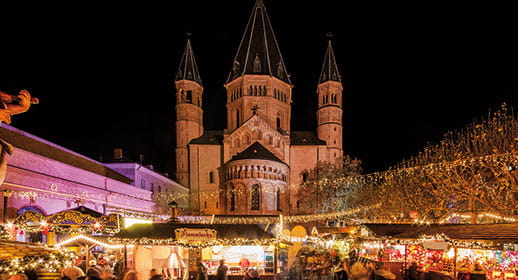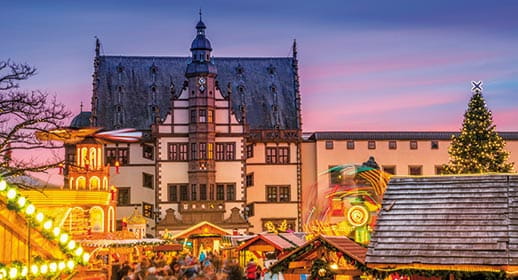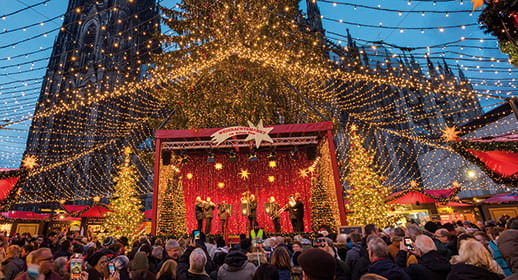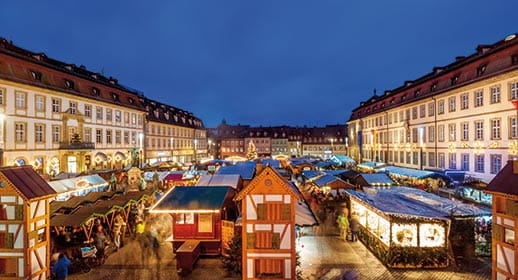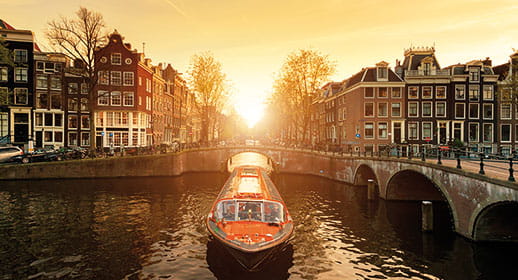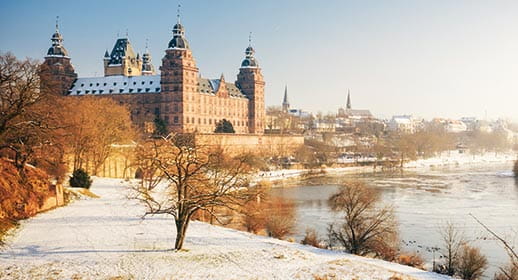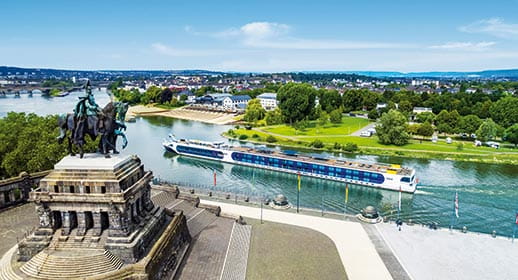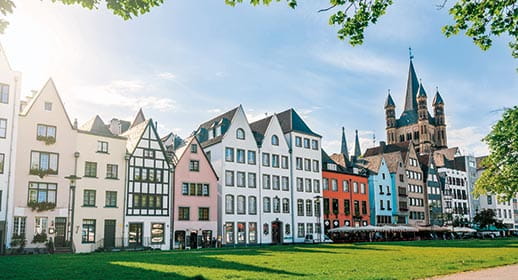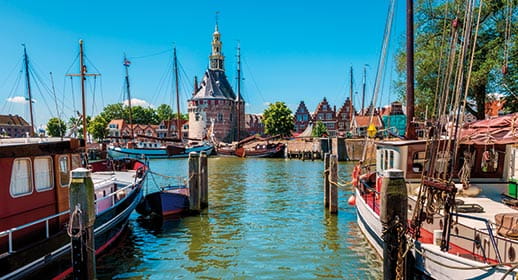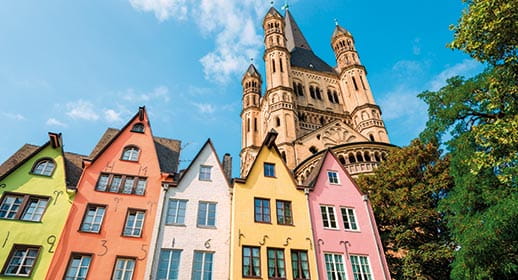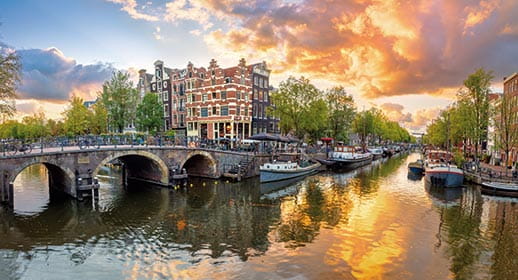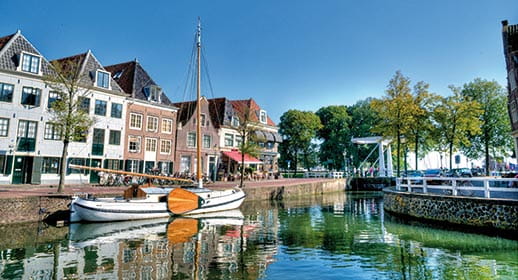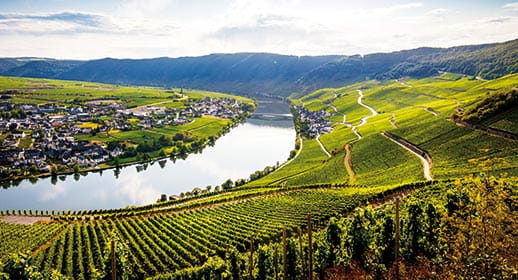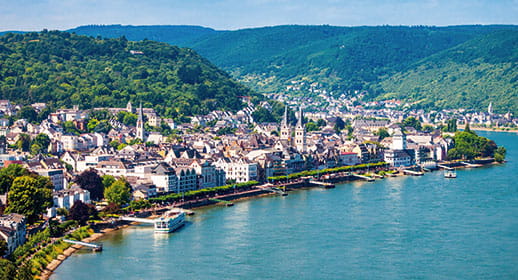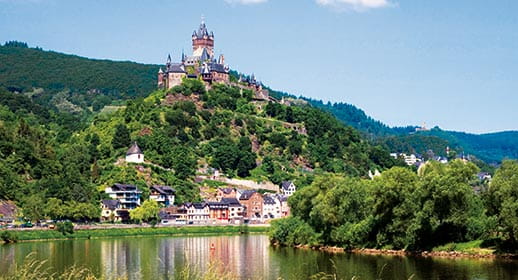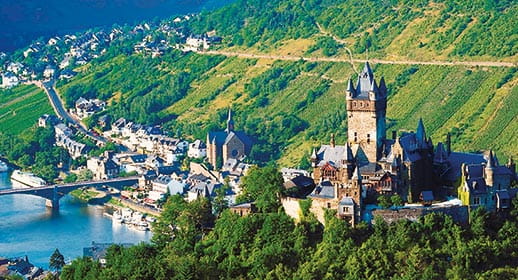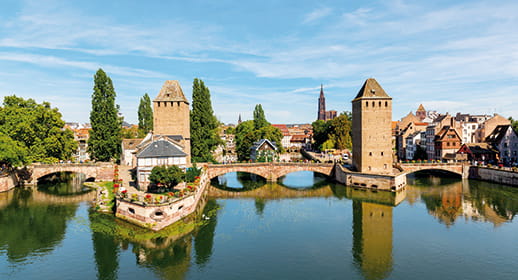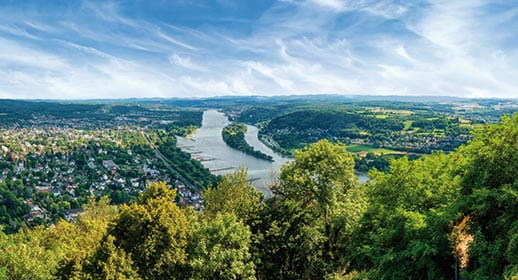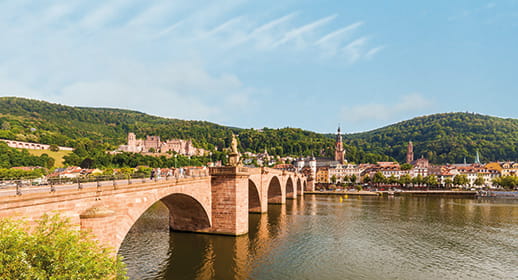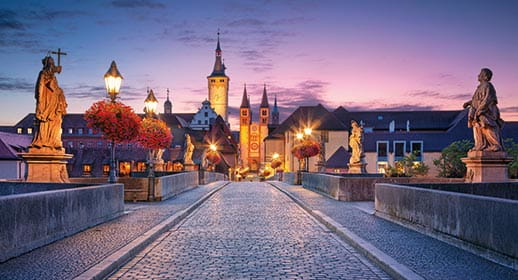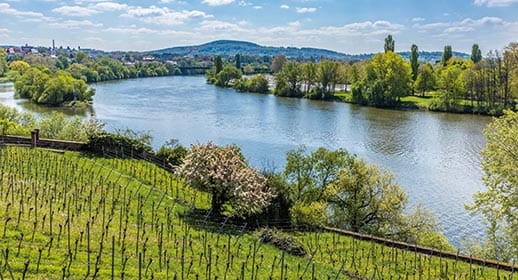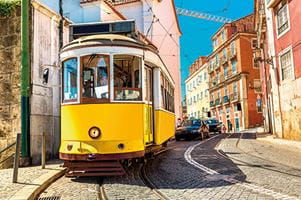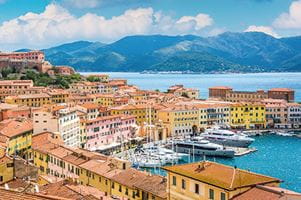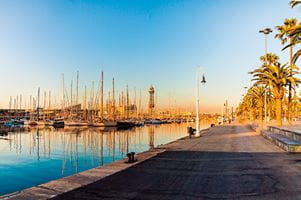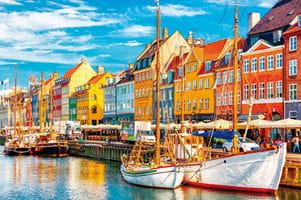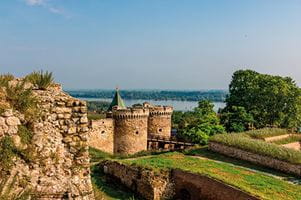Destinations
8 Facts About the Rhine River
The magnificent Rhine is one of Europe’s most historic waterways, flowing through a number of fascinating countries. When you join us for a Rhine river cruise, you’ll be amazed by the views and destinations you can discover, as well as the all-inclusive experience and friendly service you’ll enjoy while on board. With so many attractions lining its banks, there is a lot to learn about the mighty Rhine – read on to learn our top eight Rhine river facts.
1. The Rhine begins in the Alps
The Rhine begins its journey in the south-eastern Alps, where it flows from the Tomasee, a picturesque lake above the village of Tschamut in Switzerland. If you wish to discover the humble source of the Rhine, the lake can be reached from the Oberalp Pass mountain trail.
2. The river is home to numerous UNESCO World Heritage Sites…
Along the Rhine’s 766-mile stretch you can find plenty of UNESCO World Heritage Sites, designated for their value to humanity. From cathedrals to whole stretches of landscape, there’s plenty of unique, special sites to discover. Here’s a flavour of what you can visit on a Rhine cruise:
Trier – ‘the second Rome’

The German city of Trier was a Roman colony from the 1st century AD and was one of the largest cities of the Roman Empire, earning it the title ‘the second Rome’ during the 3rd century. Today, Trier has the largest number of preserved Roman monuments of any place north of the Alps, making it a vitally important site. Why not discover Trier’s Roman heritage for yourself?
Strasbourg’s Grand-Île

Strasbourg’s historic centre, the Grande-Île, has been on the UNESCO World Heritage List since 1988. At the heart of the Grand-Île is the outstanding Gothic Cathedral of Notre-Dame, which was completed in 1439 after over 400 years of construction. This area comprises several cultural and historic influences, namely Roman Antiquity, the Middle Ages and the Rhineland Renaissance, and French 18th-century Classicism, making it both a fascinating and beautiful destination to visit.
The Upper Middle Rhine Valley

That’s right, a whole 40-mile stretch of the Middle Rhine is UNESCO listed! Due to its castles, historic towns and vineyards, the Upper Middle Rhine Valley highlights humanity’s relationship with the landscape. You can enjoy a day of scenic cruising along the Middle Rhine aboard a selection of our Rhine river cruises.
3. …and the largest waterfall in Europe
The power and beauty of the Rhine Falls cannot be understated. Near Schaffhausen, Switzerland, the vibration of cascading water can be felt through the ground as hundreds of cubic meters of water crash into the basin at a phenomenal rate of 23 meters per second.
4. You can visit Europe’s most popular cities on the Rhine
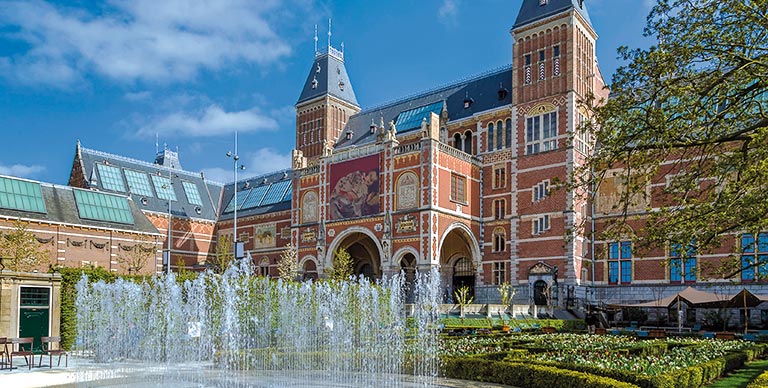
As well as offering incredible views over unspoiled scenery, you can enjoy days ashore in some of Europe’s most popular and historic cities aboard our river cruises along the Rhine. You could discover fascinating museums and galleries amid the laid-back culture of Amsterdam; explore the UNESCO-listed Petite France in Strasbourg; visit the cultural hub of Cologne, and much more.
5. The river flows through six beautiful countries
756 miles long, the Rhine passes through six countries in Central Europe: Switzerland, Austria, Germany, France, the Netherlands and the Principality of Liechtenstein. You can visit five out of the six countries aboard Spirit of the Rhine.
6. Look out for the fairy-tale castles on the Rhine
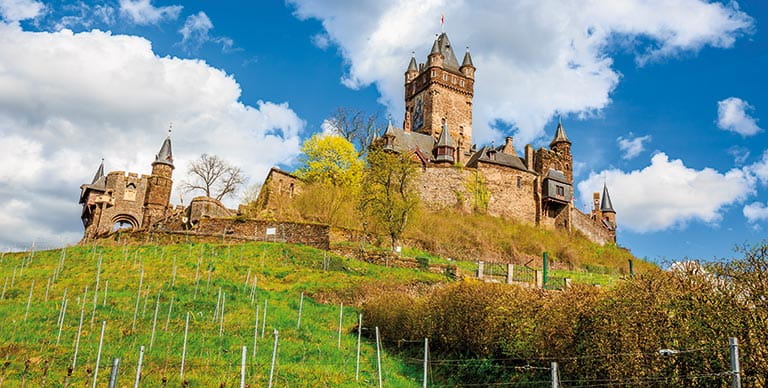
The Rhine is famous for the castles and fortresses dotted along its banks, each offering a glimpse into the region’s history and architectural trends. Many of our Rhine river cruises offer a chance to visit some of Rhine’s impressive castles, including the Ehrenbreitstein Fortress, Eltz Castle, Reichsburg Castle and Landshut Castle.
7. A working river
Picturesque castles, exciting cities and historic importance aside, if you’re still wondering ‘why is the Rhine River so famous?’, the answer lies in its long history as a working river.
Since the Roman era the Rhine has formed borders, transported goods and seen countless conflicts. The castles along its banks highlight its political and military history, and the infrastructure found along the Rhine attest to its industrial importance. Particularly during the 18th and 19th centuries, the river allowed raw materials to be easily transported from western Europe to eastern Europe, which in turn kept the cost of goods down. Today, one fifth of the world’s chemical industries can still be found along the Rhine.
8. Wine along the Rhine
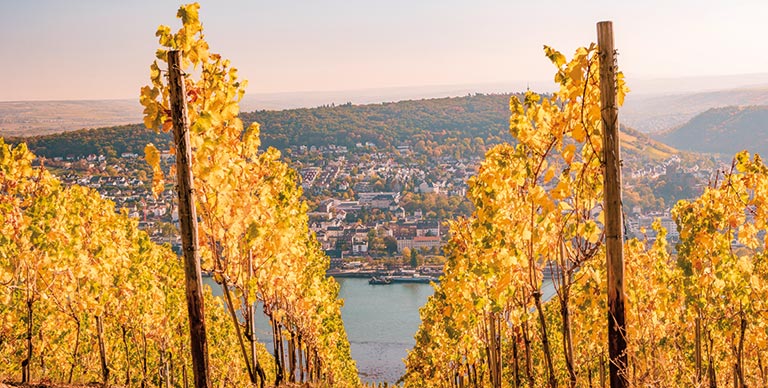
As well as its long and varied history, the Rhine is also known for its great variety of wines, thanks to the vineyards lining the hills of the Rhineland. The Alsace region is famous for its white grapes, grown in a sunny but cool climate, resulting in high acidity. Likewise, Rheingau, a 40-mile stretch in the Middle Rhine Valley, is renowned for its Riesling – try it for yourself in the quaint wine taverns of Rüdesheim. Plus, on many of our river cruises, you can look forward to included wine tasting experiences, both on board and ashore.
So why not join us to discover the beauty, history and culture of the Rhine aboard an all-inclusive river cruise this year?
The opinions expressed are those of the author and are not held by Saga unless specifically stated.
The material is for general information only and does not constitute investment, tax, legal, medical or other form of advice. You should not rely on this information to make (or refrain from making) any decisions. Always obtain independent, professional advice for your own particular situation.
